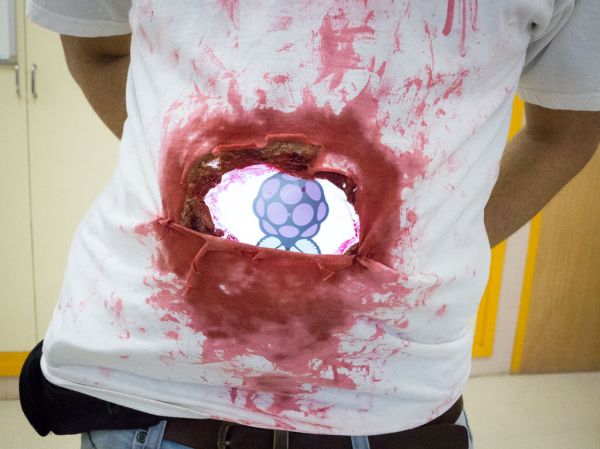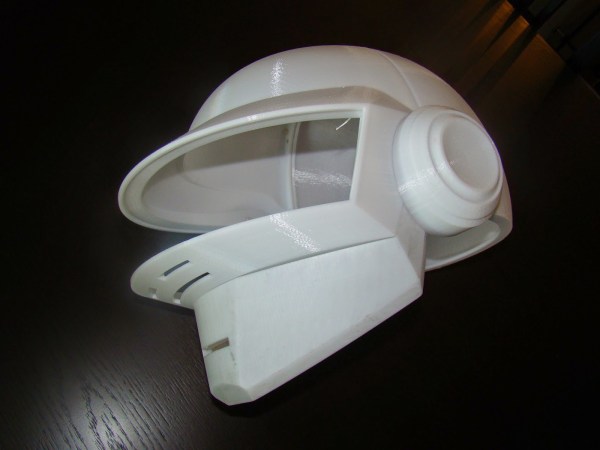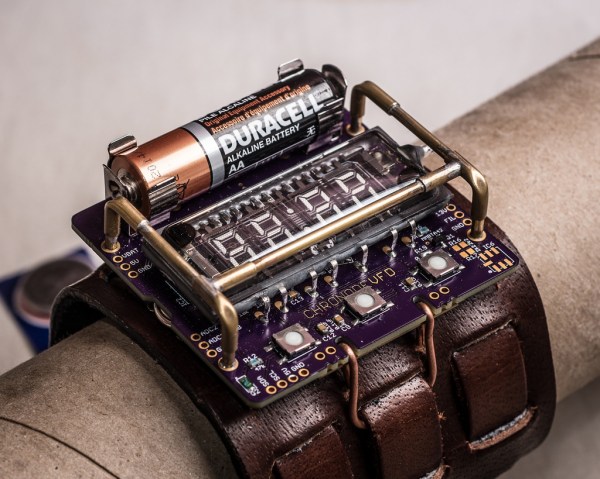We’ve seen a few cool hacks for mainstream commercial EEG headsets, but these are all a tad spendy for leisurely play or experimentation. The illumino project by [io] however, has a relatively short and affordable list of materials for creating your own EEG sensor. It’s even built into a beanie that maps your mental status to a colorful LED pompom! Now that winter is around the corner, this project is perfect for those of us who want to try on the mad scientist’s hat and look awesome while we’re wearing it.
How does all the neuro-magic happen? At the heart of [io’s] EEG project is a retired Thinkgear ASIC PC board by Neurosky. It comes loaded with fancy algorithms which amplify and process the different types of noise coming from the surface of our brain. A few small electrodes made from sheets of copper and placed in contact with the forehead are responsible for picking up this noise. The bridge between the electrodes and the Thinkgear is an arduino running the illumino project code. For [io’s] tutorial, a Tinylilly Arduino is used to mesh with the wearable medium, since all of these parts are concealed in the folded brim of the beanie.

In addition, a neat processing sketch is included which illustrates the alpha, beta, gamma, and other wave types associated with brain activity as a morphing ball of changing size and color. This offers a nice visual sense of what the Neurosky is actually reading.
If all of your hats lack pompoms and you can’t find one out in the ether that comes equipped, fear not… there is even a side tutorial on how to make a proper puff-ball from yarn. Sporting glowing headwear might be a little ostentatious for some of us, but the circuit in this project by itself is a neat point of departure for those who want to poke around at the EEG technology. Details and code can be found on the illumino Instructable.
Thanks Zack, for showing us this neat tutorial!
Continue reading “Your New Winter Hat Should Express Your Brain Waves Like A Neon Sign… Just Saying” →


















